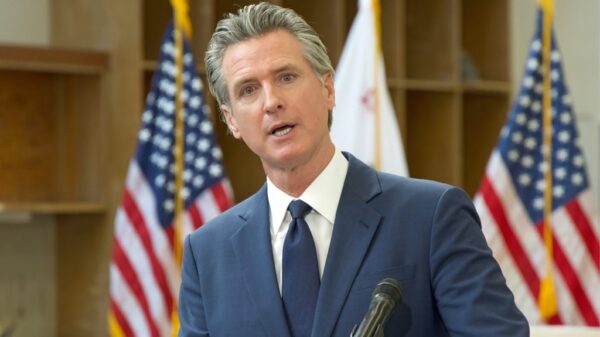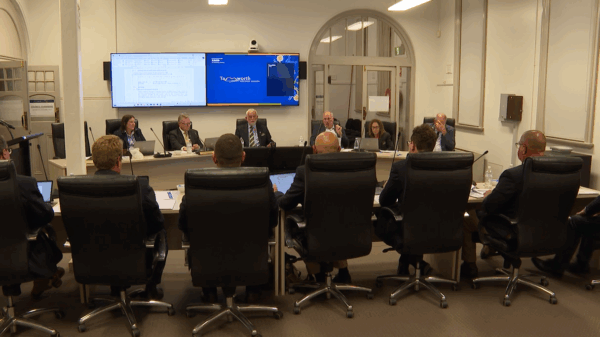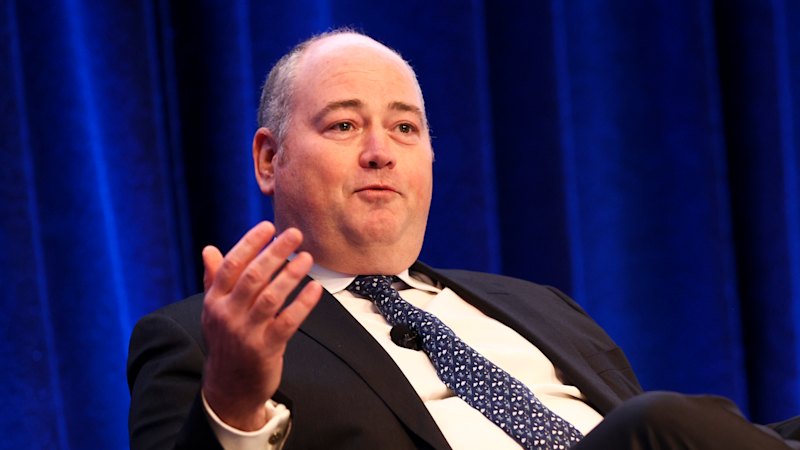National Australia Bank (NAB) is currently navigating governance challenges following reports of shareholder concerns regarding the conduct of its chief executive, Andrew Irvine. According to the Australian Financial Review, some major investors have specifically pointed to Irvine’s drinking habits and management style as potential red flags. This unusual scrutiny from institutional investors raises questions about the internal dynamics at one of Australia’s leading banks.
Since taking over as chief executive in April 2022, Irvine has been under pressure to maintain the bank’s strong market position amid stiff competition from rivals such as Westpac, Commonwealth Bank, and ANZ. The complaints about his behavior were reportedly communicated directly to Phil Chronican, the chairman of NAB, during a lunch attended by fellow director Simon McKeon. This situation places Irvine in a difficult position, akin to facing an accusatory question with no easy way to respond.
With no official statement from the bank’s leadership as of yet, NAB’s silence may allow speculation and rumors to flourish. The issue has prompted the bank to enhance its mentoring programs for key personnel, including Irvine, but it remains unclear whether the grievances were based on broader concerns about the bank’s management or performance.
The recent departure of senior executives, such as Rachel Slade, the former head of NAB’s business banking unit, and chief financial officer Nathan Goonan, may also be contributing to investor unease. While Slade has been replaced by Andrew Auerbach, concerns about leadership stability could influence shareholder sentiment. Despite these challenges, NAB’s share price has seen a modest increase of 6.5 percent this year, outperforming Westpac and ANZ, even though it lags behind the Commonwealth Bank, which has surged nearly 17 percent.
The scrutiny of Irvine’s drinking habits also reflects a broader cultural shift within corporate environments, where alcohol consumption at work-related events is increasingly frowned upon. This evolving attitude may have influenced shareholders’ decision to raise concerns about alcohol-related behaviors among executives.
As NAB grapples with this governance issue, the bank’s public relations and investor relations teams will need to act swiftly and effectively to manage the narrative. The internal investigation into the matter will likely determine how the bank moves forward and addresses the concerns raised by its investors.
The unfolding situation at NAB highlights the complexity of leadership in the banking sector, particularly when public perception and investor confidence are at stake. As the bank continues to address these challenges, its ability to maintain stability and uphold its reputation will be closely watched by stakeholders.






























































